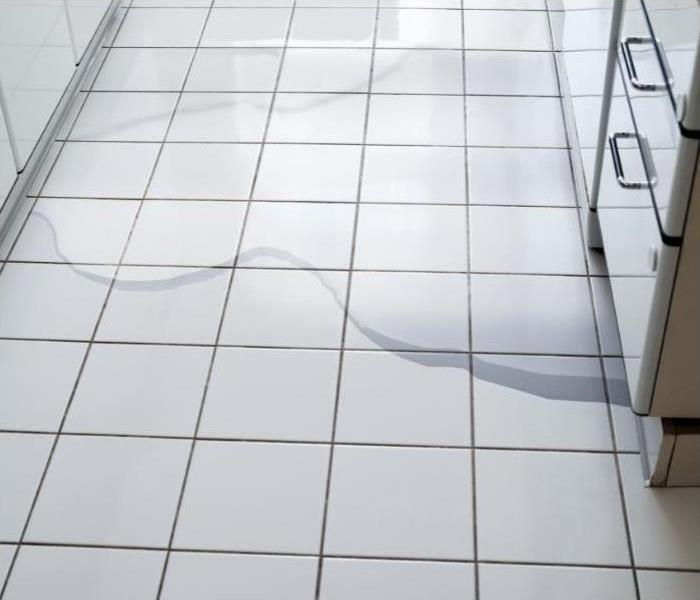A Comprehensive Guide to Water Restoration Services: Protecting Your Home and Business
8/16/2023 (Permalink)
Water damage can strike at any time due to causes such as heavy rainfall, pipe bursts, leaks, or flooding. This unexpected disaster often results in property damage that can be quite extensive, especially if not addressed promptly. This is where professional water restoration services come in. In this guide, we will delve into the world of water damage restoration, covering everything from its types, effects, prevention strategies, and the costs associated with the restoration process.
Types of Water Damage
Flood Damage
Often caused by severe weather conditions, flood damage can leave behind significant damage requiring professional water restoration.
Water Leaks and Burst Pipes
These can go unnoticed for a long time, slowly causing damage to your building structure and furnishings.
Sewage Backups
Apart from water damage, sewage backups introduce harmful contaminants and bacteria that pose serious health risks.
Effects of Water Damage
Water damage can cause substantial harm to various materials. Wood can warp and rot, drywall can disintegrate, and metals may rust. Moreover, water damage often leads to the growth of mold and mildew, which pose significant health risks. If left untreated, water damage can lead to severe structural problems and decrease your property's value.
Understanding the Water Restoration Process
Water restoration involves several steps:
- Assessment: Professional water damage repair services start by assessing the extent of the water damage.
- Water Extraction: Using advanced water extractors and other equipment, water is removed from the premises.
- Drying and Dehumidification: To eliminate moisture completely, drying and dehumidification equipment is employed.
- Cleaning and Sanitizing: The area is thoroughly cleaned and sanitized to ensure it's safe and free from any potential contaminants.
- Restoration: This involves repairing or replacing damaged structures and items to bring your property back to its pre-damage condition.
Professional Water Restoration vs. DIY
While some minor water damage issues can be managed personally, it's advisable to hire professional water damage restoration services for major incidents. They have the required knowledge, experience, and equipment to handle water damage efficiently and prevent further issues like mold growth.
Water Damage Prevention
Regular maintenance of your property's plumbing system, proper landscaping to guide water away from your property, and immediate attention to any water leaks are some ways to prevent water damage. It's also a good idea to have a good home insurance policy that covers water damage.
Dealing with Insurance Claims
Most insurance policies cover water damage, but the claim process can be challenging to navigate. Professional restoration companies often offer to deal with insurance companies directly, making the process less stressful for the property owner.
Conclusion
Understanding the ins and outs of water restoration services can help homeowners and business owners make informed decisions when faced with water damage. Remember, quick action is crucial to minimize damage and restoration costs. With the help of a professional water restoration company, you can have your property restored efficiently and effectively, ensuring your space is safe, clean, and comfortable once more.






 24/7 Emergency Service
24/7 Emergency Service
